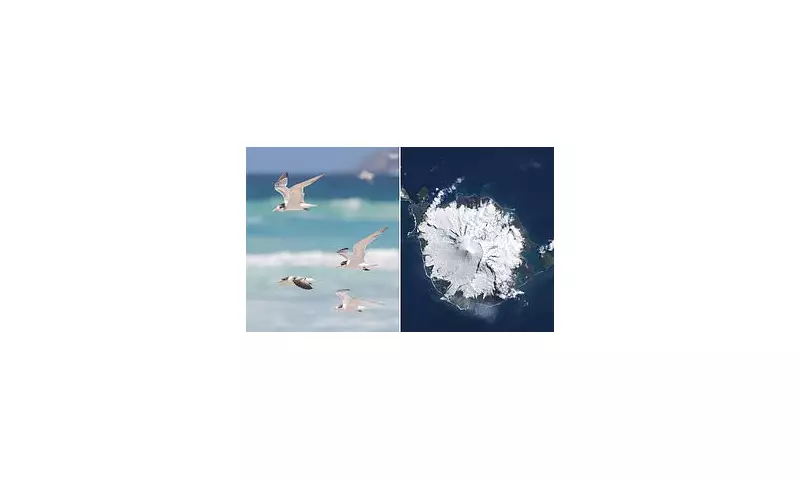
A dangerous new front has opened in the global battle against avian influenza, with scientists confirming the deadly H5N1 strain has reached one of Earth's most remote territories - Australia's sub-Antarctic Heard Island.
Virus Reaches Pristine Wilderness
The Australian Department of Agriculture, Fisheries and Forestry made the alarming announcement this week, revealing that the highly pathogenic bird flu has been detected in wild birds on the uninhabited volcanic island located 4,000 kilometres southwest of Perth.
This discovery marks a significant escalation in the ongoing global avian influenza outbreak, raising concerns that the virus could now spread to other vulnerable sub-Antarctic regions and potentially reach the Antarctic mainland.
Ecological Catastrophe Feared
Conservation experts are expressing grave concerns about the potential impact on Heard Island's unique wildlife populations. The island serves as a critical breeding ground for numerous seabird species, including:
- Large colonies of penguins
- Various seabird populations
- Other native bird species
"The arrival of H5N1 in such a pristine and isolated ecosystem is deeply concerning," warned one wildlife biologist familiar with the region. "These bird populations have no natural immunity to this virus, and the consequences could be devastating."
Global Spread Accelerates
The detection on Heard Island represents the southernmost reach of the current global H5N1 outbreak, which has already caused mass mortality events in bird populations across multiple continents. The virus's ability to reach such remote locations demonstrates its unprecedented transmission capabilities.
Australian authorities have emphasised that the risk to human health remains low, but they are maintaining heightened surveillance measures. Strict biosecurity protocols have been implemented for all personnel travelling to Australia's sub-Antarctic territories.
Scientific Community on High Alert
Research teams are closely monitoring the situation, with particular attention to how the virus might affect different species and whether it could mutate to pose greater risks to other wildlife or potentially humans.
The incident highlights the increasing challenges of managing disease spread in an interconnected world, even to the most remote corners of our planet.





